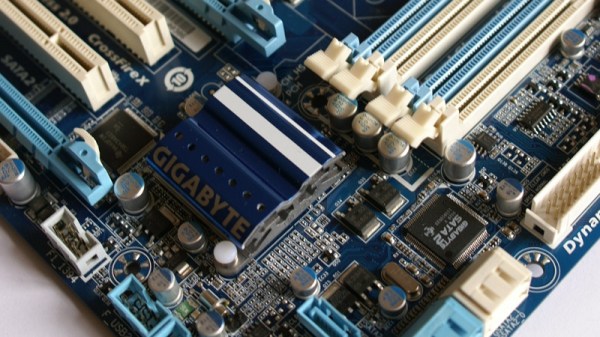Barracuda’s Email Security Gateway (ESG) has had a vulnerability in it for years. Tracked as CVE-2023-2868, this one was introduced back in version 5.1.3.001, and only got patched during the 9.2 development cycle. Specific build information on patched firmware has not been made available, but a firmware build containing the patch was deployed on May 20.
The flaw was a command injection bug triggered by .tar files attached to incoming emails. The appliance scans attachments automatically, and the file names could trigger the qx operator in a Perl script. It’s a nasty one, ranking a 9.4 on the CVSS scale. But the really bad news is that Barracuda found the vulnerability in the wild, and they have found evidence of exploitation as far back as October 2022.
There have been three malware modules identified on the compromised appliances. SALTWATER is a backdoor trojan, with the ability to transfer files, execute commands, and host network tunnels. SEASPY is a stealthier module, that looks like a legitimate service, and uses PCAP to monitor traffic and receive commands. And SEASIDE is a Lua module for the Barracuda SMTP monitor, and it exists to host a reverse shell on command. Indicators of Compromise (IOCs) have been published, and Barracuda recommends the unplug-and-remove approach to cleaning up an infection. The saving grace is that this campaign seems to have been targeted, and wasn’t launched against every ESG on the Internet, so maybe you’re OK.
Moxa, Too
And speaking of security software that has problems, the Moxa MXsecurity appliance has a pair of problems that could be leveraged together to lead to a complete device takeover. The most serious problem is a hard coded credential, that allows authentication bypass for the web-API. Then the second issue is a command-line escape, where an attacker with access to the device’s Command Line Interface (CLI) can break out and run arbitrary commands. Continue reading “This Week In Security: Barracuda, Zyxel, And The Backdoor”















